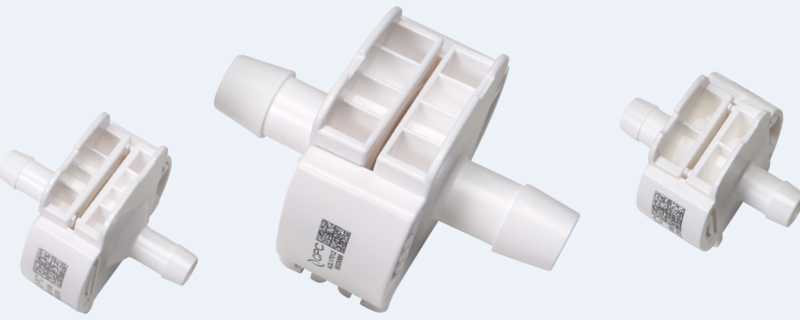
Gene Therapy Manufacturing Innovations: Insights from the Bioprocessing Industry on Aseptic Single-Use Connectors
Gene therapies have been revolutionizing the treatment landscape for previously untreatable diseases over the past decade driven by remarkable advancements in gene editing technologies, such as CRISPR/Cas9 and base editing, to directly manipulate a patient’s genetic material in vivo. With over 22 FDA-approved gene and cell therapies and a growing number of gene therapy molecules in the clinical pipeline, the demand for manufacturing capacity has never been greater. To address the demand, manufacturing processes need to be effectively scaled up to produce larger quantities of gene therapy products needed for clinical trials and eventual commercial launch. Taking a critical look at existing manufacturing methods for opportunities to optimize efficiencies or adopting new technologies that can improve overall process productivity, aseptic conditions, and timelines is critical to long-term success. It is important to emphasize that even small improvements, such as in aseptic connections, can have a significant impact on cost, efficiency, and speed during scale-up.
The gene therapy manufacturing process is highly complex and as a relatively new modality, processes are still far from standardized. Industry best practices are constantly evolving as new information is learned and/or new technologies become available. Fortunately, gene therapy manufacturers can learn valuable lessons from bioprocesses used to manufacture more well-established biopharmaceutical products, like vaccines and monoclonal antibodies. In these workflows, manufacturers have moved away from equipment that must be sterilized to single-use technologies (SUTs) to reduce the time required for cleaning validation and mitigate the risks and costs of non-sterility. Many types of single-use technologies are available including aseptic connectors, which are critical to successful fluid transfer across manufacturing process steps.
CPC (Colder Products Company), an industry leader in aseptic connection solutions has published a white paper titled Gene Therapies: A Guide to Aseptic Single-Use Connectors. The white paper provides an in-depth look at aseptic connectors, highlighting their benefits and offers a practical guide to selection and implementation of these SUT technologies into current gene therapy workflows. Whether it’s the need for flexibility, simplicity, or adaptability in manufacturing processes, CPC experts provide valuable guidance for decision-making in key manufacturing operations, including the choice between traditional tube welding and aseptic connectors.
CPC experts provide an overview of the different types of aseptic connectors, available as discrete components or as pre-validated, pre-sterilized ready to use systems, and how they create sterile fluid paths. These connectors are available in both gendered and genderless versions. The authors also make a compelling case for why genderless connectors can be advantageous. Benefits include time savings, ease of use, reliability, simplified inventory requirements, and increased operational and design flexibility. The ability to use the same connection technology to connect different sized tubing and/or bags provides improved scalability and ease of process modifications to meet evolving manufacturing requirements.
Taking proactive measures to evaluate and optimize manufacturing processes early on, even at smaller scales, can pay dividends later upon scale up. For gene therapies, adopting aseptic connection technologies that provide flexibility, ease of use, simplify process set-up and validation can allow manufacturers to be more adaptable to changing production requirements (i.e., different volume formats, process changes, multi-product manufacturing lines) while also gaining cost and time savings. By considering key factors outlined in the white paper, manufacturers can make informed decisions that align with their specific process needs and regulatory requirements to ensure the safe and efficacious delivery of therapies to patients in need.
To download the white paper, please visit: Gene Therapies: A Guide to Aseptic Single-Use Connectors